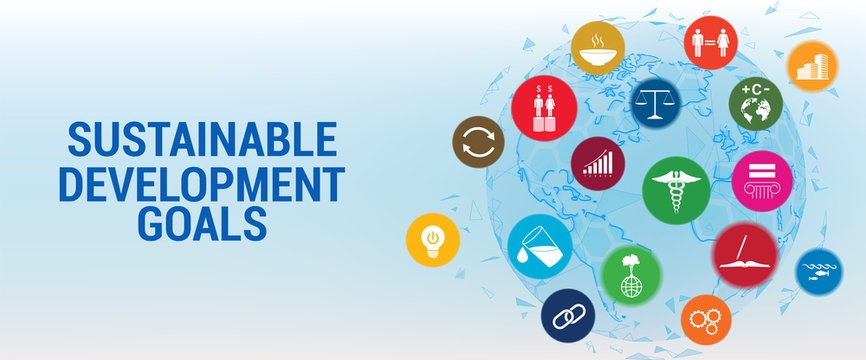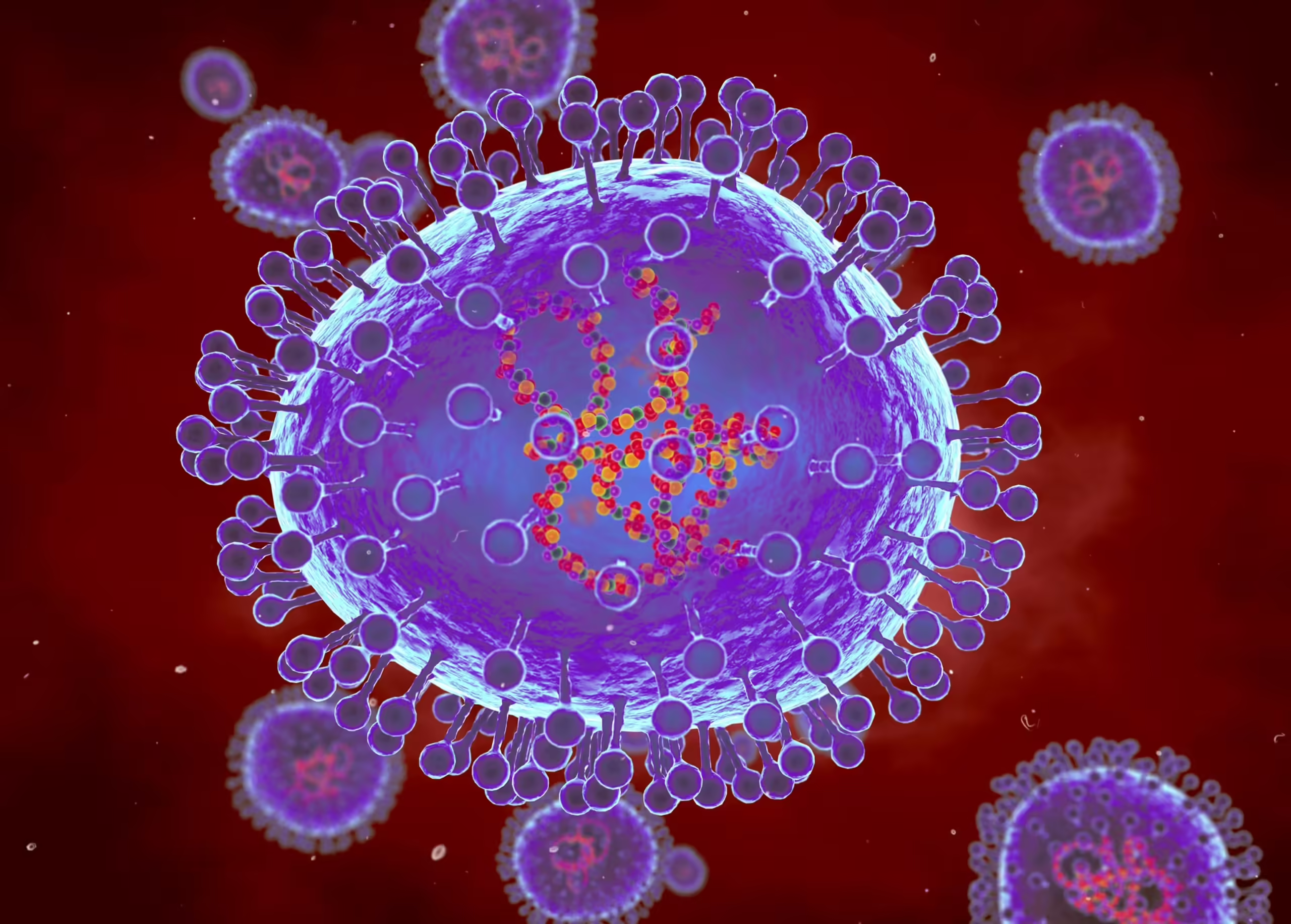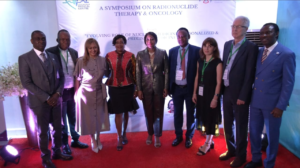The Nigeria Centre for Disease Control (NCDC) has stated that it is working closely with the Federal Ministry of Health and Social Welfare to monitor global developments and implement proactive measures to ensure Nigeria strengthens preparedness following Human Metapneumovirus (HMPV) outbreaks.
Dr Jide Idris, Director-General of the NCDC, said this in a statement on Tuesday in Abuja, emphasizing the agency’s readiness to address potential threats.
Addressing public concerns of Nigerians, Dr. Idris emphasized that the World Health Organization (WHO) had not declared Human Metapneumovirus (HMPV) a Public Health Emergency of International Concern (PHEIC).
He further clarified that the National Influenza Sentinel Surveillance (NISS) system in Nigeria had not detected any unusual increase in respiratory infections locally.
Improved surveillance across Nigeria
While no cases of HMPV have been reported in Nigeria, the NCDC has ramped up surveillance efforts across the country. Dr. Idris confirmed that the agency has strengthened monitoring for respiratory infections, including HMPV, at sentinel sites nationwide.
He also urged healthcare providers to report any unusual spikes in respiratory illnesses and emphasized the importance of preventive measures such as regular handwashing, wearing masks in crowded spaces, and staying home when unwell.
Global trends and responses
The WHO acknowledged the rise in acute respiratory infections in China, particularly among children, as reported by China’s National Health Commission. However, the UN Health Organization has not released specific data on HMPV.
- Health experts describe HMPV as a known virus with established immunity in the population. While it can cause severe illness in vulnerable groups, it does not pose the same global threat as COVID-19.
- Meanwhile, India’s Health Ministry convened an emergency meeting to review the rising cases of HMPV, reassuring the public that there is no immediate cause for alarm. Similarly, Malaysia has reported a notable increase in cases and is stepping up monitoring efforts.
China, on the other hand, has downplayed the outbreak, describing it as less severe than in previous years and attributing the rise in infections to the winter season. Despite reassurances, concerns persist over China’s transparency, drawing comparisons to the initial handling of the COVID-19 outbreak in 2019.
Understanding Human Metapneumovirus (HMPV)
Human Metapneumovirus (HMPV), first identified in 2001, is part of the Pneumoviridae family, which also includes respiratory syncytial virus (RSV). The virus causes upper and lower respiratory infections with symptoms similar to a cold or flu, such as coughing, fever, sore throat, and, in severe cases, wheezing or difficulty breathing.
- HMPV poses the highest risk to young children, the elderly, and individuals with weakened immune systems or chronic respiratory conditions like asthma or COPD. It spreads through respiratory droplets from coughing or sneezing, close contact such as handshakes, and touching contaminated surfaces before touching the face.
- The USCDC has advised the public to adopt preventive measures, including regular handwashing with soap and water for at least 20 seconds, avoiding face-touching with unwashed hands, wearing masks in crowded areas during outbreaks, and staying home when unwell to prevent the virus’s spread.
The NCDC has joined international calls for transparency and collaboration to mitigate potential health threats posed by HMPV.
Focus on prevention and vigilance
As global health agencies monitor developments, the focus remains on preventive measures and vigilance to protect vulnerable populations. While HMPV is not new, its potential to cause severe illness in at-risk groups highlights the need for public health preparedness and international cooperation.











